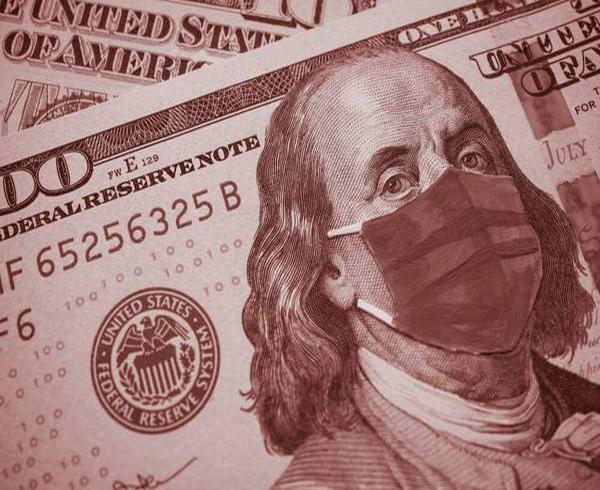Relief (for many)
What readers should know about the Coronavirus stimulus bill

April 15, 2020
On March 27, a $2 trillion stimulus package known as the “Coronavirus Aid, Relief and Economic Security Act” was signed into law by President Trump. As the largest-ever economic stimulus package in U.S. history, this stimulus bill was passed with bipartisan support for the purpose of easing economic insecurity that has come from the Coronavirus pandemic.
According to The House Ways and Means Committee, the first wave of stimulus checks was disbursed via direct deposit to 60 million Americans beginning April 10, with the second wave going out the week of April 13. Additionally, the next wave of checks will be disbursed to low-income American dependent upon Social Security as soon as April 20.
No extra forms need to be filled out to receive the checks. The first physical checks are scheduled to come to the general public as early as April 24, but some might have to wait until May, June or even July to get them, all depending on how many paper checks can be filled out and sent through the IRS. A web-based service for the delivery of IRS checks is scheduled for release by next week, which can be found at irs.gov/coronavirus when (and if) it launches.
“Tax filers with adjusted gross income up to $75,000 for individuals and up to $150,000 for married couples filing joint returns will receive the full payment,” reported by the Detroit Free Press. “The maximum is $1,200 for an adult — $2,400 for a married couple — and $500 for children underage 17.”
The checks are not listed under taxable income and thus will be put into each taxpayer’s bank accounts as an advance payment of a credit that will appear on the 2020 income tax return.
Eligibility for unemployment insurance has also been expanded, with up to $600 per week tacked onto unemployment checks for up to four months. Gig workers and freelancers, for the first time ever, will be covered by unemployment insurance.
For further information, please visit michigan.gov/documents/uia/160_-_Claiming_UI_Benefit_In_Michigan_-_Jan2014_444213_7.pdf for more details on filing for unemployment.
Moreover, students who are losing or are about to lose their on-campus jobs, however, aren’t so lucky. Students who file for their tax returns separately from their parents will receive that vaunted $1,200 check, but students 17 years old and under who file as “Dependent” under their parents are only going to receive $500; college students 18 years and older get nothing.
The financially vulnerable demographic of college-age students, who often file as “Dependents,” still have to pay for their own rent, food bills and tuition fees. “This means that filers who support other dependents — including elderly dependents, adults with disabilities living with family members who help care for them, and college students — won’t get extra help based on these dependents,” according to the Center on Budget and Policy Priorities.
They don’t qualify under the bill’s provisions. Nobody was there on Capitol Hill to make the case for them, not even for the college-aged young adults who keep colleges relevant by their enrollment.
“(S)tudents might not be able to file for unemployment if they are full-time students and part-time workers” said Alyte Katilus of MSU’s “State News” student newspaper. “And losing any source of income can determine whether or not rent or a bill will be paid that month.” Though the State of Michigan has halted evictions, rent payments and yearlong off-campus leases will still need to be paid off.
There’s no arguing that most taxpayers will enjoy the benefits of the Coronavirus stimulus. Even better, $30 billion will be distributed to elementary and secondary schools, as well as colleges and universities. But college-aged students, who keep colleges relevant by enrolling in their institutions could have benefited from the stimulus at a modest cost, are left looking for other options.








